All About Angoras
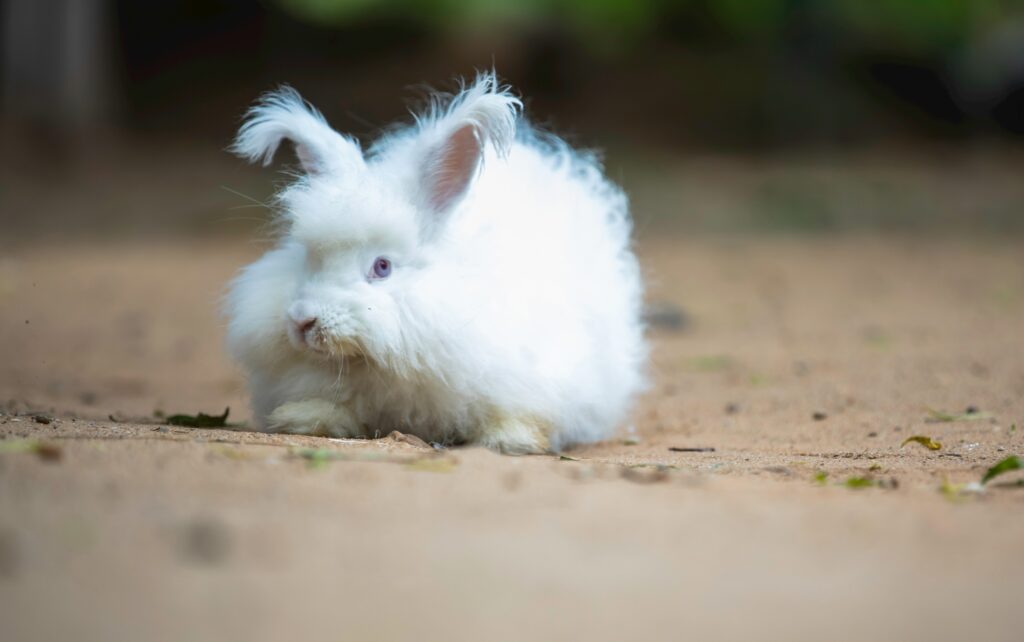
Angora rabbits are famed for their luxurious coats, prized for their softness and warmth.
Beyond their charming appearance, these rabbits require specialized care to maintain their health and well-being.
In this guide, we delve into the world of Angora rabbits, exploring their breeds, care routines, grooming practices, dietary requirements, and the art of spinning and crafting with their exquisite wool.
Angora Breeds
There are several Angora breeds around the world, but we will focus here on the 4 ARBA recognized breeds. These breeds range in size, coat care, and colors, providing something for everyone!
English Angora
History and Origin: The history of the English Angora rabbit traces back to Turkey, where their ancestors were first bred for their wool during the 18th century. They were initially known as Angora rabbits, named after the region of Ankara (formerly Angora), where they originated. These rabbits were prized for their exceptionally soft and luxurious fur, which was highly valued for making luxurious garments and textiles.
Characteristics: English Angoras are known for their dense, soft coats and distinct facial furnishings. They are the smallest of the Angora breeds, weighing between 5 and 7lbs. They have compact, rounded bodies and look almost like a giant cotton ball when their wool is grown out! English Angoras are also available in many colors, allowing a great deal of variety.
French Angora
History and Origin: Like their English counterparts, French Angoras trace their lineage back to the Angora region in Turkey, where their ancestors were prized for their sumptuous wool. However, it was in France where the breed flourished and attained its distinct identity. Through careful breeding and selection, French Angoras emerged as a breed renowned for their exceptional wool quality and elegant appearance.
Characteristics: French Angoras are a larger angora breed, weighing between 7.5 to 10.5lbs. They have compact bodies, and do not have facial furnishings. This means that they have hair on their faces and ears instead of wool! French Angoras come in the most colors of any of the breeds discussed here!
Giant Angora
History and Origin: Originating from the Angora region in Turkey, where their ancestors were revered for their soft and lustrous fur, Giant Angoras emerged as a distinct breed through careful breeding programs in Europe and the United States.
Characteristics: Giant Angoras are the largest of the angora breeds discussed here, weighing between 9 and 12lbs. Some may even be larger! These rabbits are huge fluff balls and have facial furnishings similar to English Angoras. Giant Angoras are only recognized in ruby-eyed white, so they sadly have the fewest color options of the angora breeds here.
Satin Angora
History and Origin: Originating from the Angora region in Turkey, where their ancestors were revered for their soft and lustrous fur, Satin Angoras emerged as a distinct breed through careful breeding efforts aimed at enhancing the sheen and silkiness of their coats. In Canada, French Angoras were crossed with Satin rabbits eventually resulting in the Satin Angora, with there fine, silky wool.
Characteristics: Satin Angoras weigh between 6.5 and 9.5lbs and similarly to French Angoras, lack facial furnishings. The most striking feature of Satin Angoras is their glossy, satin-like wool, which sets them apart from other Angora breeds. Their coats exhibit a shimmering sheen that adds a touch of luxury to their appearance, earning them admiration and acclaim from rabbit enthusiasts worldwide! With this extra silky wool comes extra responsibility though, as they can require more grooming than some other angora breeds. Satin Angoras also come in a great variety of colors.
Care and Grooming
Housing and Environment
Like all rabbits, Angoras need a spacious, clean living area with plenty of ventilation. If they are not being regularly trimmed, they may need additional space too, because of their increased chances of getting soiled.
Avoid putting them in locations with drafts and extremes in temperature to prevent stress and health issues.
Due to their ability to grow a heavy and thick woolen coat, extra care should be taken to ensure they do not become too hot, especially during summer months.
Dietary Requirements
Like other rabbits, Angoras should be provided a diet of high quality pellets, hay, and fruits and vegetables in moderation. The diets of Angoras should be maintained extra carefully, though, because of their long woolen coats. The extra fur greatly increases their chances of getting wool block, a potentially deadly condition where wool gets stuck in the rabbit’s stomach.
To help lower the chances of wool block, give your Angora plenty of fresh hay as well as occasional banana, papaya, and pineapple.
Grooming Routine
Regular grooming is vital to preventing mats and lowering the chances of wool block. Use a slicker brush or comb to gently remove loose wool and prevent tangling. Pay special attention to areas prone to matting, such as behind the ears and under the chin.
Don’t forget to trim nails regularly to prevent overgrowth and discomfort!
Preventing Wool Block
Wool block occurs when rabbits ingest their own fur or wool while grooming themselves. It is just like a hairball in cats, but the problem is that unlike cats, rabbits are unable to vomit. This can lead to a hairball getting stuck in their gut, clogging everything up.
If your rabbit gets wool block, it will have to see a vet, but there are some steps you can take to minimize the chances of wool block.
Grooming: Groom your Angoras regularly to remove any loose wool and minimize how much they accidentally ingest.
Diet: Feed your Angoras a high fiber diet, with access to plenty of fresh hay. Also supplement with fruits such as banana, papaya, and pineapple.
Crafting with Angora Wool
Angoras were historically used as a means for both wool and meat production. Today, you can still easily collect wool from your Angora to then spin and fashion into a lovely scarf or sweater!
Spinning Angora Wool
Harvesting Wool: Wool can by harvested as your rabbit molts by gently plucking out the loose hairs. You can also shear your rabbit when the coat gets long enough, but the highest quality fibers come from plucking!
Processing Wool: Clean and card the wool to remove debris and align fibers for spinning. Use gentle, natural detergents for washing to preserve the softness and luster of the wool.
Spinning Techniques: Spin Angora wool using a spinning wheel or drop spindle to create yarn of varying thickness and texture. Experiment with blending Angora wool with other fibers like silk or wool for added strength and versatility!
Knitting and Crocheting with Angora Wool
Luxurious Yarn Properties: Angora wool is prized for its softness, warmth, and halo effect! It is ideal for creating cozy garments and accessories such as scarves, hats, and sweaters.
Tips for Working with Angora Yarn
- Use larger needles or hooks to accommodate the delicate nature of Angora yarn.
- Handle yarn gently to avoid stretching or breaking fibers.
- Embrace the fuzzy texture of Angora yarn for projects with added depth and dimension.
Conclusion
Angora rabbits captivate with their stunning appearance and prized wool, but their care requires dedication and attention to detail.
By understanding the breeds, dietary needs, grooming requirements, and the art of spinning and crafting with their wool, rabbit enthusiasts can provide these fluffy wonders with the care they deserve while enjoying the fruits of their labor in exquisite handmade creations!

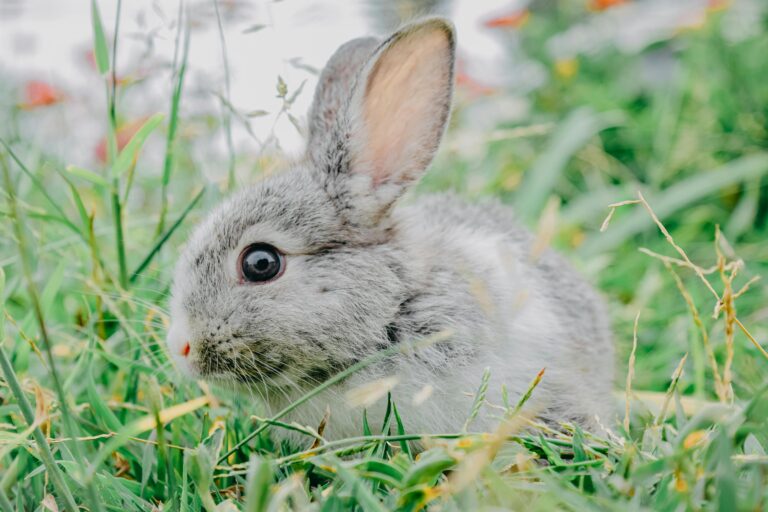
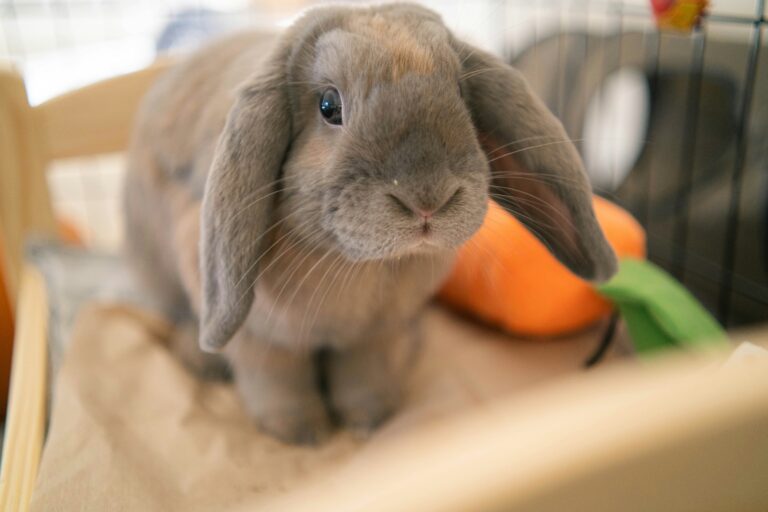
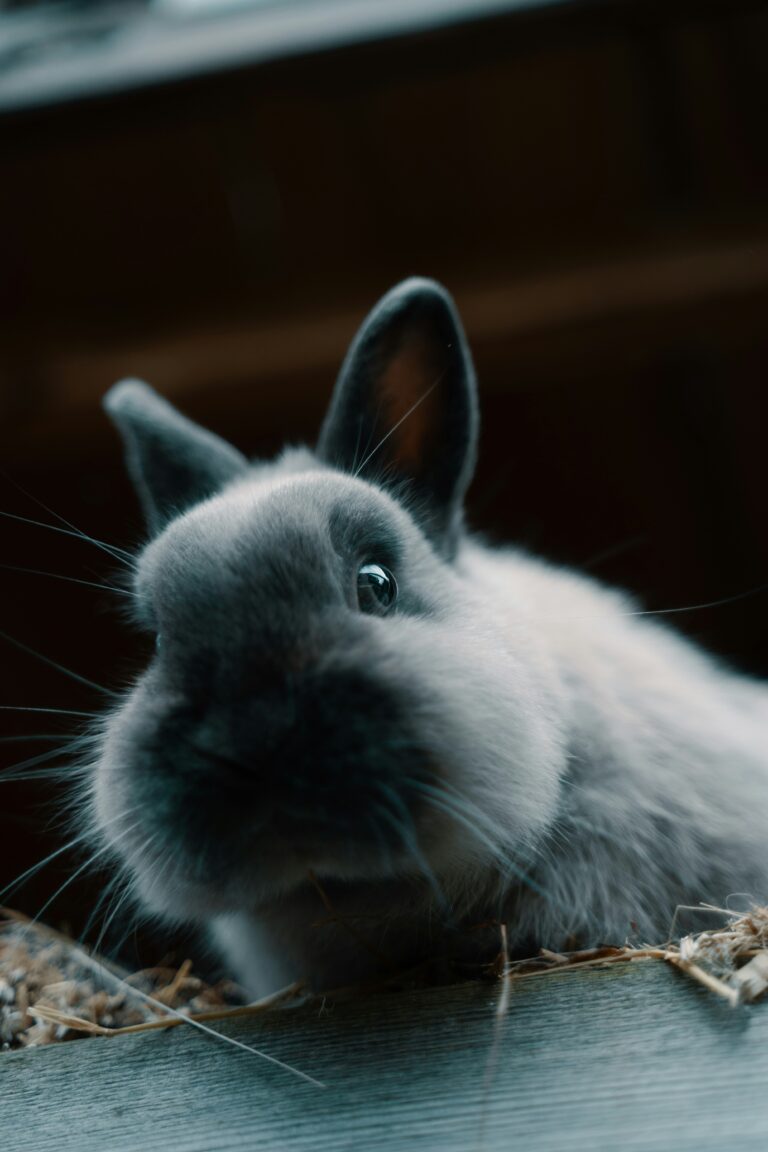
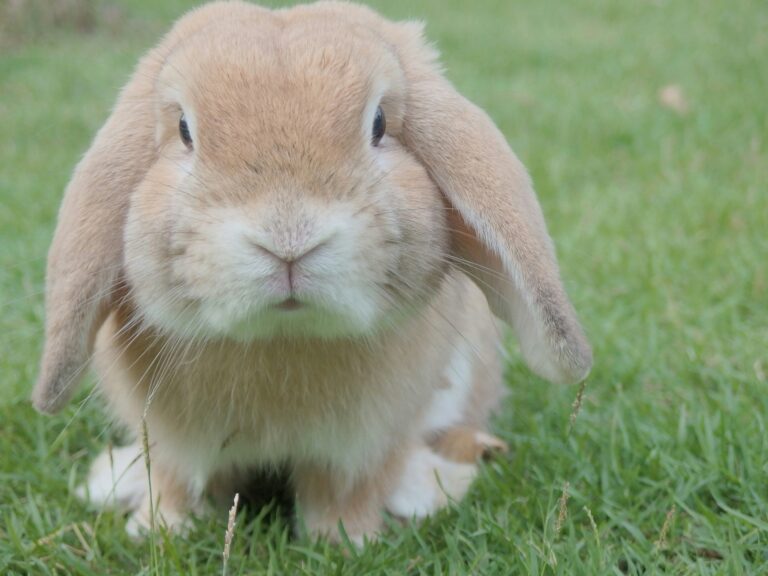
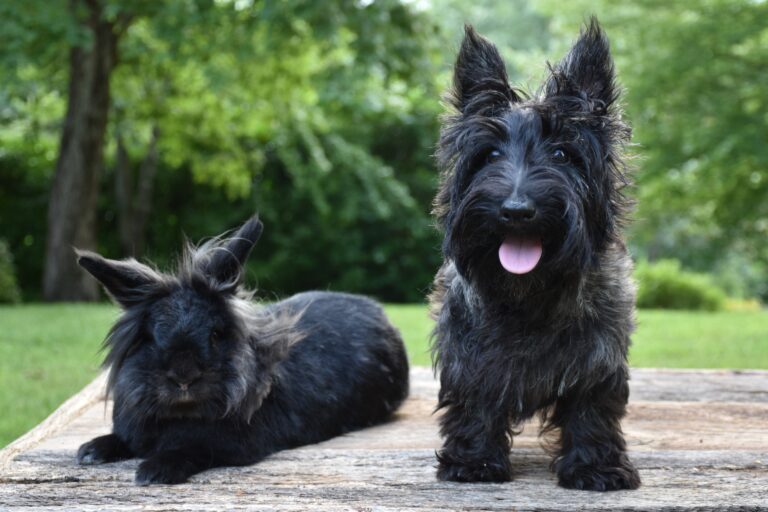

What angora breed would you recommend as a pet?
Hi Cara! Thanks for your message.
I would recommend the English Angora. English Angoras are a size that might be more manageable as a pet (5-7lbs.), and their wool isn’t quite as fine as a Satin Angora’s. They are also a little more common than Satin Angoras or Giant Angoras so it may be easier to find a breeder.
All this being said, in general the Angora breeds all have lovely personalities due to years of selective breeding for bunnies that could be harvested for wool. The best breed for you will come down to your preferences (size, colors, grooming requirements)!